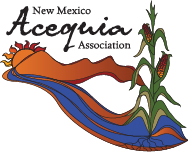Acequias & Climate Change: Learning Together and Adapting for the Future
Join acequias for a day of learning and dialogue about a future shaped by climate change. The day will include an overview of the impacts of climate change on New Mexico’s watersheds and rivers from Dr. David Gutzler, UNM professor … Continued


